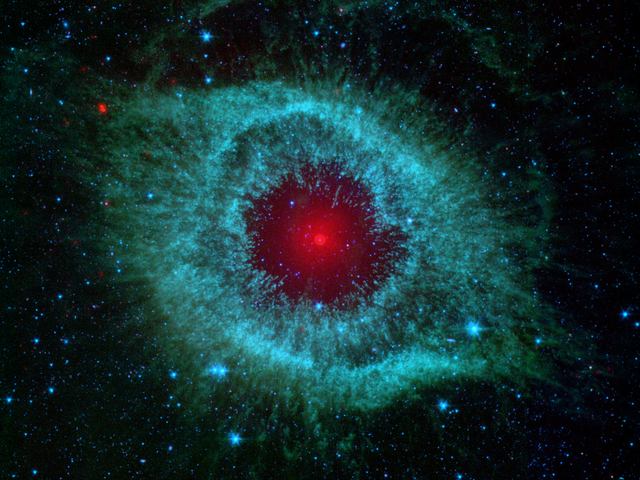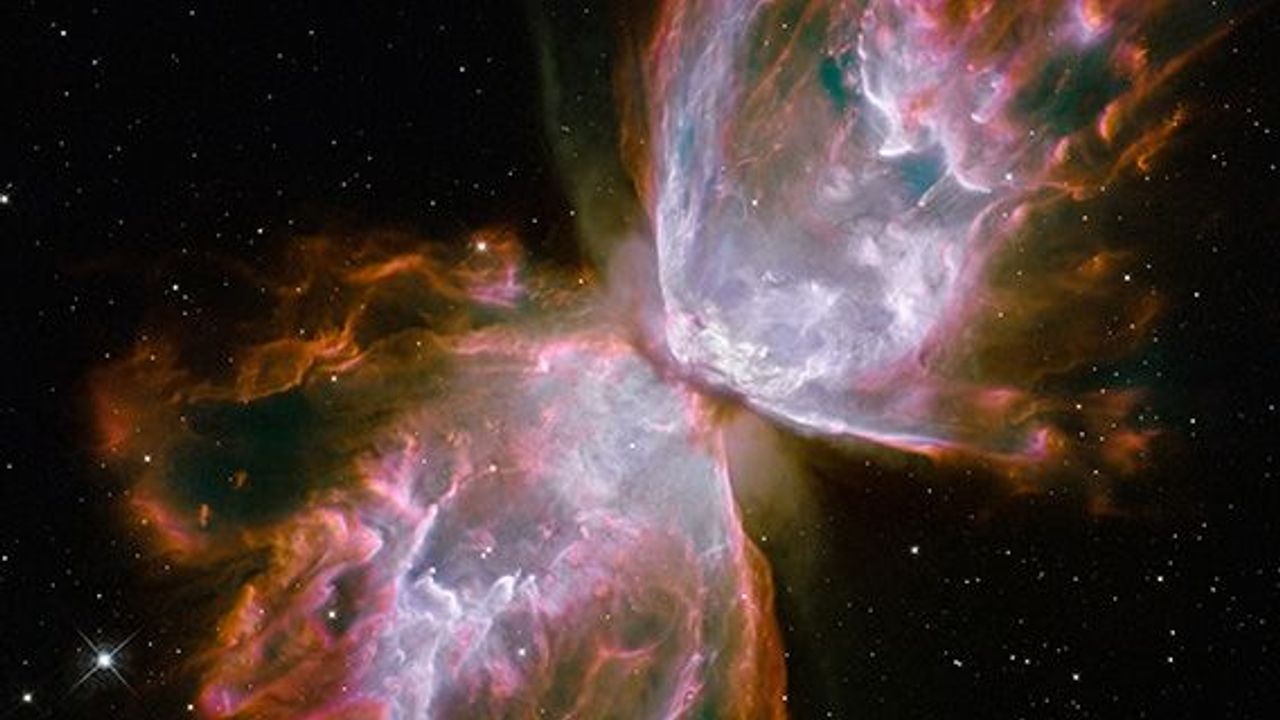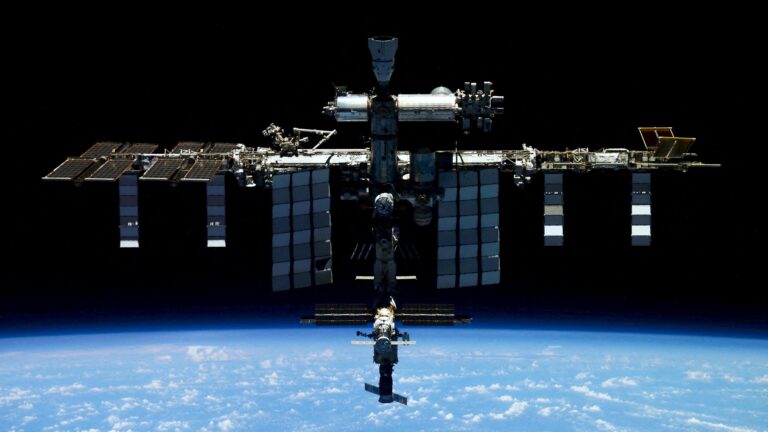Dive deep into the cosmic voyage of a star, from its birth to its dramatic end in a supernova explosion. This exploration unravels the awe-inspiring processes that lead to the creation of these celestial bodies, shedding light on the mystery surrounding their existence. As we navigate through the astronomical phenomenon of the star life cycle, we unravel the cosmic secrets one by one.
Stars are not just twinkling dots in the night sky; they are fascinating celestial entities with a life cycle of their own. Born from clouds of dust and gas, a star undergoes various phases before it finally meets its dramatic end. But what exactly occurs in these phases? How does a star evolve from a mere nebulous entity to a luminous celestial body, and what leads to its eventual demise?
This intriguing journey commences from the birth of a star, where protostars form from the dense regions within molecular clouds. The process accelerates under the influence of gravity, leading to the birth of a beautiful star. But this is just the beginning. The voyage explores the various stages of a star’s life, including the main sequence, the giant phase, and the supernova, delving into the intricacies at each stage.
Supernovae, the spectacular death of a star, are among the most energetic events in the universe. They illuminate the cosmos and sow the seeds for the formation of new stars. In a sense, they complete the circle of stellar life. But what triggers these cataclysmic explosions? What are the types of supernovae, and what do they signify in the grand scheme of stellar evolution?
In this exploration, we also unravel the significance of stars in the broader context of the universe. Stars are not merely captivating celestial bodies; they are the cosmic factories responsible for creating elements heavier than helium. As we delve deeper into the star life cycle, we find that the death of a star contributes significantly to the enrichment of the cosmos, paving the way for the creation of new stars, planets, and even life. So, fasten your seatbelts for this thrilling cosmic voyage, as we venture from birth to supernova: the fascinating journey of a star’s life cycle.
The Formation of a Star
The life cycle of a star begins within the mysterious and ethereal expanses of a nebula—a vast, diffuse cloud of gas and dust scattered across the galaxy. These beautiful cosmic nurseries are primarily composed of hydrogen, the simplest and most abundant element in the universe, along with trace amounts of helium, carbon, and heavier elements. Nebulae may appear tranquil from afar, but within them, powerful processes are constantly at play.
Under the influence of gravity, regions within the nebula begin to collapse and condense. As the gas and dust are drawn together, they form a dense core known as a protostar. This is the earliest phase in a star’s life. Although not yet shining in visible light, the protostar begins to heat up as its internal pressure and temperature rise due to gravitational compression.

Over time, the protostar continues to accumulate mass from the surrounding material. As it grows, its core becomes increasingly hot and dense. When the core temperature reaches approximately 10 million Kelvin, a remarkable transformation occurs—nuclear fusion ignites. During this process, hydrogen nuclei fuse to form helium, releasing a tremendous amount of energy in the form of light and heat. This energy exerts outward pressure that balances the inward pull of gravity.
At this point, the object becomes a true star, shining brightly as it enters the main sequence phase—a stable period where it will spend the majority of its life. The birth of a star is both a triumph of gravity and a beginning of stellar alchemy. It is here, from the ashes of cosmic dust, that a radiant new beacon is born, destined to shape the universe around it for millions to billions of years.
The Main Sequence Phase
O main sequence phase is the longest and most stable period in a star’s life cycle. During this phase, the star reaches a state of equilibrium, where the inward pull of gravity is perfectly balanced by the outward pressure from the energy produced through nuclear fusion in its core. This harmony ensures that the star maintains a consistent size and structure, neither collapsing inward nor expanding uncontrollably.
At the heart of the star, hydrogen atoms are fused into helium, releasing an immense amount of energy in the form of light and heat. It is this energy that escapes the surface and radiates into space, making the star shine. Our own Sun, currently in its main sequence phase, provides the Earth with the light and warmth essential for life.
A star’s mass plays a crucial role in determining the duration of this phase. Massive stars consume their hydrogen fuel rapidly due to the extreme pressures and temperatures at their cores. As a result, they may remain in the main sequence for only a few million years before evolving into the next stage. In contrast, smaller, cooler stars like red dwarfs burn their fuel very slowly, allowing them to remain stable and active for tens to hundreds of billions of years—far longer than the current age of the universe.
The main sequence phase is not only a period of stability but also a time of intense transformation within the star. While its outer layers appear calm and steady, the interior is a dynamic environment where elemental fusion slowly alters the star’s chemical composition. This quiet but powerful phase sets the stage for the dramatic changes that follow, and it is during this phase that a star performs its most important cosmic role—illuminating and nurturing the universe around it.
Death of Low and Medium Mass Stars
For low and medium mass stars, like our Sun, the end of the main sequence marks the beginning of a dramatic transformation. Once the hydrogen in the core is depleted, fusion ceases in the central region, and the core begins to contract under gravity. As it shrinks, it heats up, causing the outer layers of the star to expand outward. The star becomes a red giant, growing in size and luminosity while its surface cools and reddens.

Within the increasingly hot core, helium fusion begins, producing heavier elements such as carbon and oxygen. However, stars of this size do not have enough mass and pressure to fuse elements beyond oxygen. As a result, fusion in the core eventually stops altogether. Without an energy source to counteract gravity, the outer layers of the star become unstable and are gently expelled into space, creating a stunning planetary nebula—a glowing shell of ionized gas illuminated by the dying star at its center.
What remains is the core, now called a white dwarf. This stellar remnant is incredibly dense and hot, roughly the size of Earth but containing up to 60% of the Sun’s mass. Although no longer undergoing nuclear fusion, white dwarfs continue to radiate leftover thermal energy into space.
Over the course of billions of years, a white dwarf will cool and dim, slowly fading into a black dwarf—a cold, dark, and inert object. However, the universe is still too young for any black dwarfs to exist; all white dwarfs observed today are still cooling.
This quiet conclusion to a star’s life, though less explosive than a supernova, is no less profound. The materials ejected into space enrich the interstellar medium, contributing to the birth of new stars and planets, continuing the cosmic cycle of creation and renewal.
Death of High Mass Stars
High mass stars, those with at least 8 times the mass of our Sun, follow a different path. When these stars exhaust their hydrogen, they swell into red supergiants. Fusion continues in their cores, creating heavier and heavier elements until iron is formed. Iron cannot be fused to create energy, leading to a rapid collapse of the core under its own gravity.

This collapse triggers a massive explosion known as a supernova, which can briefly outshine entire galaxies. The remnant of the star’s core can form a neutron star, an incredibly dense object primarily composed of neutrons. If the original star was sufficiently massive, the core may collapse completely to form a black hole, a region of space where gravity is so strong that nothing, not even light, can escape.
The Role of Stars in the Universe
Stars are far more than distant lights in the night sky. They are the dynamic engines of the cosmos, shaping galaxies, generating essential elements, and creating the very conditions that make life possible. Their presence is fundamental to the structure and evolution of the universe, and their influence can be traced in everything from the smallest particles of matter to the formation of entire planetary systems.
At their core, stars act as cosmic furnaces, where nuclear fusion transforms hydrogen into helium and, in later stages, into heavier elements like carbon, oxygen, and iron. These processes not only generate light and heat, sustaining life on planets like Earth, but also serve as the origin of most elements found in the universe. In fact, every atom in your body heavier than hydrogen was forged inside a star.
When massive stars reach the end of their lives and explode in supernovae, they release these elements into the interstellar medium in dramatic fashion. The resulting cosmic dust and gas—enriched with heavy elements—becomes the raw material for the next generation of stars, planets, and potentially, life itself. In this way, stars act as both the creators and recyclers of matter in the universe.
Stars also play a vital role in maintaining the gravitational structure of galaxies. Their immense mass helps bind galaxies together, while their energy output influences nearby environments, triggering the formation of new stars and shaping the behavior of interstellar clouds.
Ultimately, stars are the architects of cosmic evolution. They connect us to the universe in the most intimate way possible—reminding us that the elements within our own bodies were once born in the hearts of ancient stars. In a very real sense, we are not just observers of the cosmos. We are a part of it.
The Birth and Death of Stars: A Continuous Cycle
The life cycle of a star is a process of continuous transformation. Stars are born from nebulae, live out their lives by fusing hydrogen into helium, and eventually die, returning their material to the cosmos. This cycle of birth, life, and death ensures that the universe is a dynamic, ever-evolving entity.
- Formation: Stars begin as clouds of gas and dust in a nebula.
- Main Sequence Phase: Stars fuse hydrogen to helium, releasing light and heat.
- Red Giant/Supergiant Phase: Stars expand as they start to burn helium.
- White Dwarf/Supernova Phase: Stars shed their outer layers, leaving behind a white dwarf or triggering a supernova explosion.
- Final Stage: Stars fade into black dwarfs or collapse into neutron stars or black holes.
Observing Stars in Different Stages of Life
With a telescope, we can observe stars in various stages of their lives. Our Sun, a relatively young star still in its main sequence phase, offers us a close-up view of this stage of stellar evolution. In the night sky, we can see red giants like Betelgeuse, white dwarfs like Sirius B, and the remnants of supernova explosions in the form of nebulae.
Observations of stars at different stages of their lives not only help us understand the life cycle of a star but also offer insights into the history and future of our own star, the Sun. They remind us of the fascinating journey each star undergoes, from birth to supernova, and the integral role these celestial objects play in the cosmos.
Conclusão
In conclusion, the celestial journey from birth to supernova, experienced by a star, is nothing short of awe-inspiring. The narrative of a star’s life cycle, from its fiery birth in a nebula to its dramatic end as a supernova or black hole, speaks volumes about the remarkable processes at work in our universe. These cycles are not only captivating but also essential to our understanding of the cosmos. Each stage in a star’s life, whether it’s the protostar phase, main sequence, red giant stage, or the ultimate supernova, contributes significantly to the cosmic ecosystem. Elements forged in the intense heat of supernovae are scattered across the universe, seeding new stars and planets, and providing the building blocks of life as we know it. Therefore, this cosmic ballet of birth and death in a star’s life cycle is not just a distant spectacle, but a process intimately connected to our existence. In essence, we are all made of star stuff, a testament to the fascinating journey of a star’s life. 🌟



